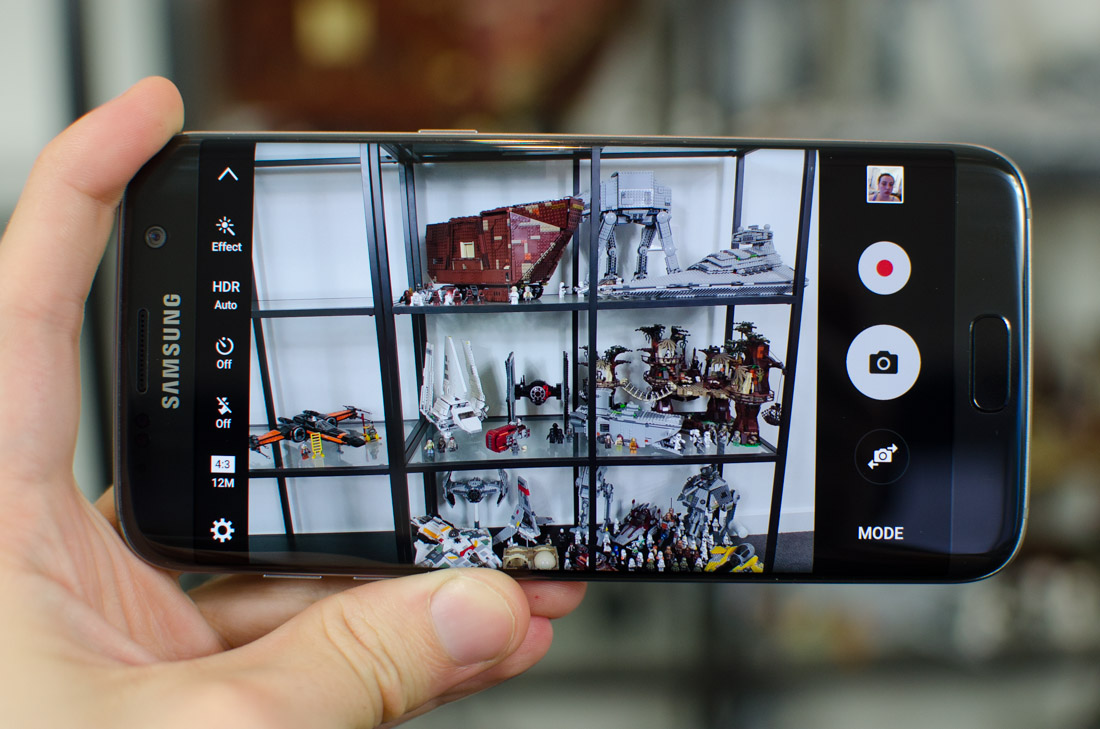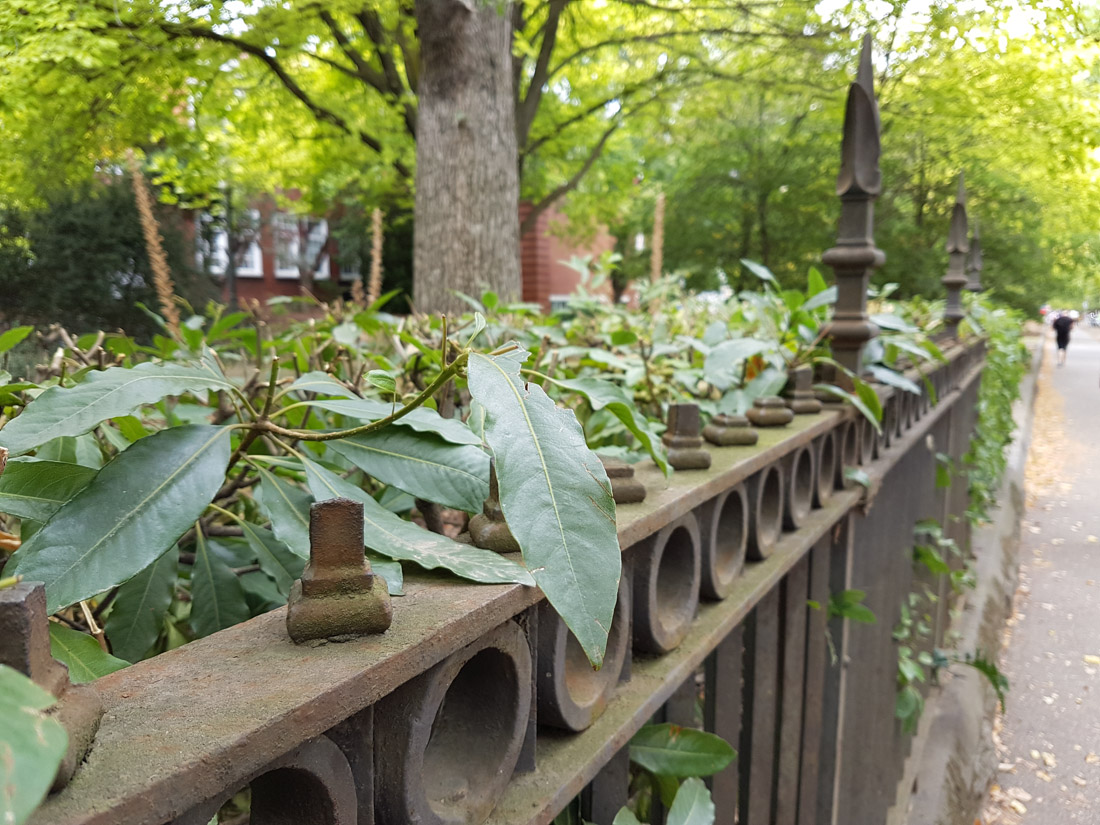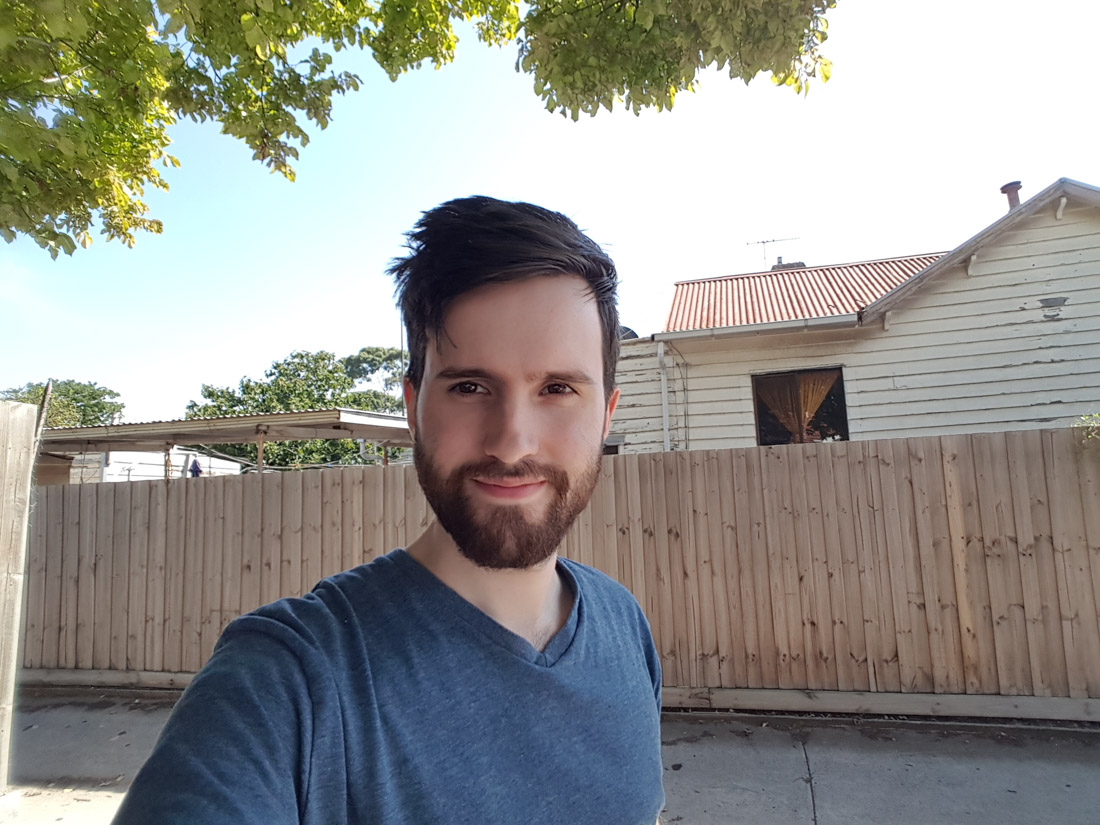Samsung Galaxy S7 Edge Review > Camera Performance and Quality - jeffreycomman99
Camera Performance and Character
Inside the Galaxy S7 and S7 Edge we're acquiring entirely-inexperient cameras. Gone is the old 16-megapixel detector with 1.1 micrometer pixels, or else replaced with a 12-megapixel Samsung S5K2L1 (or Sony IMX260) 1/2.5" CMOS sensor with 1.4 μm pixels. This is a downgrade in camera resolution, but the increase from 1.12 to 1.4 microns equates to a 56% increase in unstressed gathering power.
The lens that accompanies this sensor is a 25mm-equivalent weight with an aperture of f/1.7, which again is an addition in light gathering power of 25% over the f/1.9 lens on the Extragalactic nebula S6. Combined with the pel sized increase, around 95% more light is being captured by this camera system overall, which is a Brobdingnagian improvement concluded the last propagation. Optical persona stabilization is also included to complement the package.

On the front is a 5-megapixel Samsung S5K4E6 sensor, which appears to be the same 1/4.1" sensor with 1.34 μm pixels as the Galaxy S6, matched with an f/1.7 23mm-equivalent lens. Again, the increase in aperture from f/1.9 to f/1.7 provides a 25% increase in light capturing ability. Both the front and rear sensors are native 4:3 in aspect ratio, with the rear sensor ditching 16:9 in favor of the more mutual image data format.
The rear camera is equipped with a single-LED flash, and it can record footage finished to 4K in resolution at 30 FPS. Information technology's also equal to of 1080p60 recordings, as well American Samoa 720p irksome move footage at 240 Federal Protective Service. The movement television camera is locked to just 1080p30 recording ascribable its limited resolution and computer hardware.


The big innovation that Samsung has made in their rear camera with the Galaxy S7 is dual pixel technology. This refers to how every pixel in the detector is rent into 2 photodiodes, which allows phase detection autofocus to occur at all point on the double. For actually capturing images, the ii photodiodes commingle their information into one 1.4 μm pixel, delivering what should be very comparable low light performance to standard 1.4 μm sensors.
Dual picture element technology allows the Beetleweed S7 and S7 Edge to have the fastest camera autofocus scheme I've ever so seen along any camera. As the camera can garner focus data from every pixel, it always knows where the image is in direction, and it can make near-instantaneous measurements and adjustments to keep focusing. If you bring down an physical object into the camera's field of view or move the camera itself, the S7 will gain correct focus in mere miliseconds. Tap anywhere on the silver screen and you can expect exchangeable results.



With such fast autofocus, you never induce to waitress for the Galaxy S7 to find the redress focus before taking an image. You simply point at an targe and immediately urge on the shutter button, and you'll get a great image. It's particularly useful for moving objects; the S7 buttocks very quickly adjust its focus as objects move around the field.



Image quality from the S7 Edge is excellent in a wide form of situations. In strong lighting, large dynamic range and contrast combined with automobile-HDR delivers well-off, detailed and colorful images that approximate to replicating real-world scenes. Despite a downgrade in resolution, sharpness and clarity is still superior from this camera's 12-megapixel stills, and zooming in reveals fewer artefacts altogether but wide shots, indicating Samsung has toned Down their noise reduction and sharpening filters present on the S6.


The f/1.7 lens delivers rattling goodly bokeh for a smartphone photographic camera, which gives a pleasant background blur to macro photos and nearby to mid-range shots. Despite the big aperture, the contract depth of field was easy to manage in most situations, and it's only if in the closest point distances that information technology starts to make a difference to how much of an aim is in focus. Evening so, you can get some stunning macro shots out of this camera.




Majuscule image choice continues when shooting indoors and in other less ideal conditions. The increased light gathering ability of this camera way that the S7 Margin can habit shorter shutter speeds and lower ISOs when shooting indoors, which helps deliver advisable calibre. I took many great shots in lesser light where the Galaxy S6 struggled, maintaining slap-up colorise timber with niggling (if any) visible grain or artefacting.



Low light performance is still a spineless taper off with most smartphone cameras, and that's the case with the Galaxy S7 too. Withal, performance in this field is cleared compared to competing smartphones, and IT is feasible to get good images without using a scud. The S7 does have a habit of over-brightening scenes, occasionally to its hurt every bit it can blue-ribbon unnecessarily high ISOs, thus introducing granulate, only at the same time this can be a fillip in some scenes.


Of the few complaints I have about the Galaxy S7 Edge's camera, one would be that all but images are tinted towards the 'cold' end of the spectrum. The iPhone 6s, for instance, shoots similar photos with a heater tone, which can look Thomas More undyed in open light shots. Nether artificial light, the S7 send away also lack the same level of contrast you get outdoors, although the photographic camera is better in this regard than most new high-end smartphones.
Source: https://www.techspot.com/review/1147-samsung-galaxy-s7-edge/page6.html
Posted by: jeffreycomman99.blogspot.com


0 Response to "Samsung Galaxy S7 Edge Review > Camera Performance and Quality - jeffreycomman99"
Post a Comment